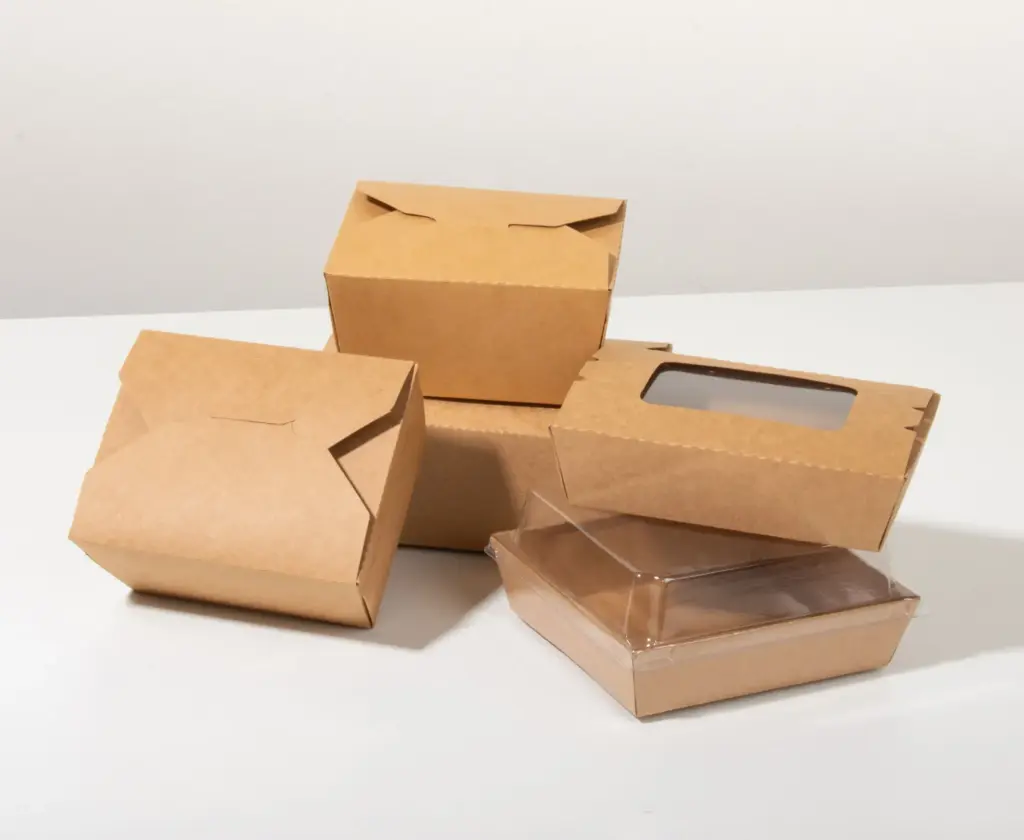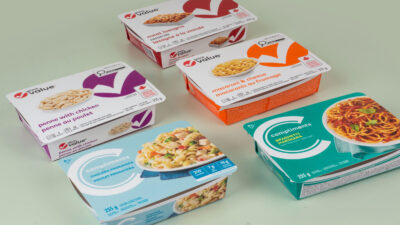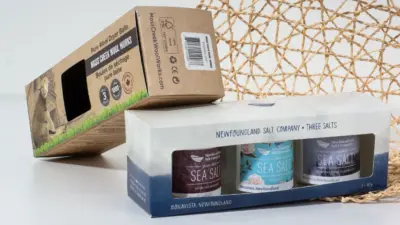Custom packaging and stock packaging are two popular options for businesses these days. Depending on your business’ goals, budget, and brand identity, you can make an informed decision about the best type of packaging for your products. Maybe you’re just starting out and need a quick, cost-effective way to package your products.
Perhaps you’re scaling up and want to create a memorable unboxing experience that keeps customers coming back. Understanding the difference between custom and stock packaging will help you make the best choice for your business, whether you’re shipping skincare, electronics, food, or anything in between. Let’s dive in to see which is most beneficial to your business.
What Is Stock Packaging?
Stock packaging is generic, pre-made packaging that comes in standardized sizes, materials, and colors. The standardized approach means that it doesn’t require any specialized tools or production of custom molds. This, in turn, makes stock packaging inexpensive and readily available.
On the downside, it offers limited customization options. While you may get a company willing to apply your brand’s logo, stickers, and other particulars, it might not always turn out as well as it could with a tailor-made package design.
That said, stock packaging is the best option for businesses with minimal branding requirements, those with short lead times, and those operating with limited budgets. Essentially, if you’re going for practicality and cost-effectiveness, this might be your best pick.

What Is Custom Packaging?
Custom packaging is tailor-made for specific products and brands. It offers a wide range of sizes, shapes, and design possibilities. Everything from artwork and structural design to specialized printing effects and finishes can be customized to suit your brand.
The customization potential makes it much easier to incorporate unique graphics and designs to capture your customers’ attention and enhance the perceived value of your product. It also strengthens your brand’s identity, conveys professionalism, and makes your product stand out from the competition.
Additionally, the fact that the packaging is made fit-for-purpose means there’s less waste produced, and the perfect fit offers superior protection. You can also include eco-friendly materials to attract eco-conscious customers.
On the flipside, custom packaging requires a more complex product process, which might include specialized tools and materials. You might also incur more costs in consultation and design efforts, not to mention the fact that most manufacturers have a minimum order quantity (MOQ. This factor may increase production costs, especially for small businesses with limited orders.

When Do You Use Stock Packaging Vs. Custom Packaging?
There’s no one-size-fits-all solution for product packaging options. Your choice comes down to specific factors related to your business and what you’re trying to achieve with the packaging.
For instance, if you’re going for cost-effectiveness and availability, stock packaging may be an ideal choice.
On the other hand, brands looking to incorporate unique designs to enhance their brand identity and packaging aesthetics might benefit from using custom packaging.
The Bottom Line
Product packaging has the power to make or break a sale. The first impression customers get from seeing your product on the shelf should be significant enough to make them look over your competitor’s products.
That said, you still have to strike a balance between cost-effectiveness and your business’ actual needs. While custom packaging makes products look unique, it’s also more expensive, costs that trickle down to the final cost of the product. Conversely, stock packaging may be cheaper, but it also looks generic, denying your customers the much-loved unboxing experience.
Elevate Your Brand Packaging
Craft packaging that makes your products shine
Get started today!



